Lindsay Carter was diagnosed with a brain tumor (Glioma) in July 2013 after suffering for over 2 years from a debilitating illness. When I first heard about this remarkable 19-year old man and his struggles with the tumor and condition-induced epilepsy my heart just fell.
His illness had been misdiagnosed as Irritable bowel syndrome and post viral fatigue, while the focal seizures he was having had also been misdiagnosed as anxiety attacks instead of seizures caused by epilepsy.
It’s natural to show empathy to anyone in this position, but Lindsay being only a few years younger than myself, I felt even more hopeless as usual when encountered with these situations, as was able to picture myself in the young man’s shoes.
Regardless of the fact that he was the first patient to be legally prescribed schedule 9 botanical cannabis in Australia, supply is still a huge issue for Lindsay’s family, and they’ve been forced to seek treatment options overseas for the fifth time.
All of these trips have had to be funded by the Carter family themselves, with the help of donations from compassionate individuals.

In our interview, I chatted with Lindsay and his mum Lanai for about two and a half hours before departing.
We covered such topics as Lindsay’s medical condition, treatment options and the medicine he’s taking, as well as their plans to get him back to Canada and the United States where he’ll be able to receive proper treatment.
Lindsay has a GoFundMe where donations can be made to assist his family with funds for his treatment, which includes medical cannabis and other mitochondrial treatment, if you can spare anything for this extraordinary young man please make a donation here.
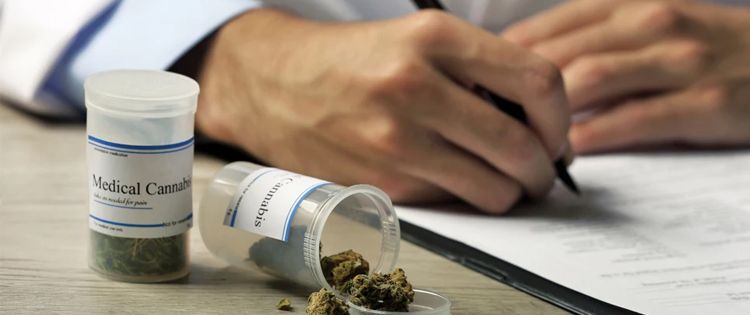
Lindsay Carter: Australia’s First Medical Cannabis Patient
Matt: Lindsay mate are you able to fill me in on how you condition started? Like how did you transition from the initial seizures and sickness to where you are now?
Lindsay: I was getting sick, like, a lot. I used to get headaches all the time, like almost every day. I was always nauseous, throwing up and just constantly sick and lacking energy. That was going on for like two years prior to being diagnosed, and that took me out of school a lot for my first year of high school before we finally went to America.
Lanai: I remember the first time he had a tonic-clonic seizure. Lindsay had asked his dad to
help him write his first CV for a part-time job he wanted. He just collapsed and hit the tiles face
first and was seizing. I was at the other end of the house and just heard my husband yelling to
call an ambulance.
M: Sorry, I’m a bit of a novice when it comes to the different types of seizures, are you able to give me a bit of background info?
Lanai: So, a tonic-clonic seizure is basically where your body goes into total paralysis and you lose all control of your movements. You get the full body jerking and there’s the possibly unconsciousness. I remember the seizures really scaring him the first few times.
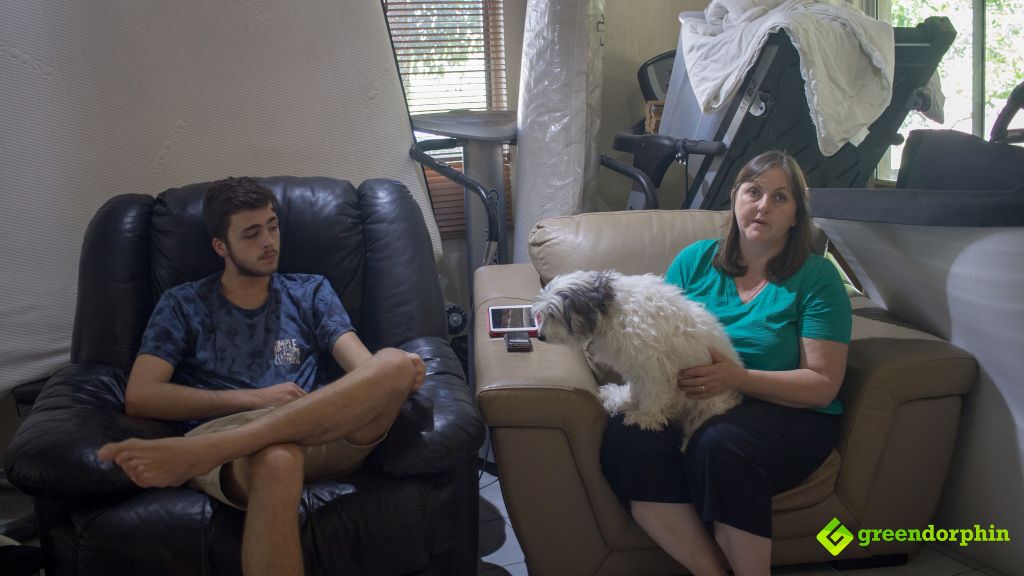
M: You poor bugger. I can’t imagine what that would’ve been like. So prior to you two leaving for treatment in America, had there actually been any diagnosis made?
Lanai: He’d had a neurosurgeon and neurologist diagnose him with a brain tumour and epilepsy, but the Neurosurgeon was not willing to operate on him. He thought that any procedure would be too detrimental cognitively and possibly result in a worse outcome. A specialist he was seeing at the time, though, recommended us to a colleague of his in Texas, which is what drove us to head to America. Initially, Lindsay was receiving some immune boosting supplements and nutritional guidance, but after the tumor failed to reduce in size, the specialists in Texas recommended that we should travel to Washington State for Lindsay to trial some cannabis treatments.
M: What kind of treatments did they start him on? Like strictly CBD to start with?
Lanai: No it was a THC extract. Unlike most epilepsy patients, Lindsay didn’t get any good seizure management from CBD-rich tinctures or oils. The second day that we’d gotten there they started him on a decarboxylated full-extract cannabis oil with a high THC content. That one actually worked the best out of all the extracts he’d tried. He was on just tiny doses at first as it’d just make him really sleepy, but he gradually titrated up very slowly over about three months. After about 7 weeks the tumor had shrunk by about 7mm.
M: That’s amazing. In such a short amount of time too! So how are the product and treatments paid for? Is most of it supplied compassionately or are you having to cover all of the treatment costs?
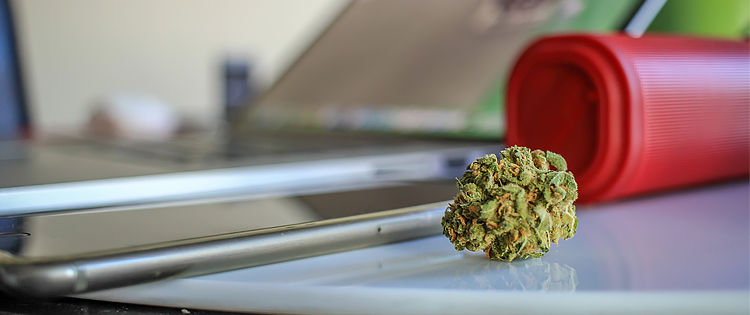
Lanai: Well, there’s definitely been some support in the form of fundraising through our
Facebook and GoFundMe and there has been some fundraising events organised by
businesses and individuals over the years. He’s had amazing compassionate support here in Australia too, I don’t think he’d be here today if he hadn’t received that support. Most of the money for treatment just comes from us though. We had to draw money from our superannuation to take him over to America, and the year Lindsay was diagnosed my husband lost his job when half of his workforce was made redundant. So then we had the added worry of not knowing what we were going to come home to. Luckily enough the day before we were due to travel back to Australia after the first trip
overseas he started a new job.
M: All that on top of the stress you already had! I’m glad it worked out that way for you at least that would’ve made coming back a little easier. What’s it been like since coming back to Australia? Has the access to medical-grade cannabis been a continual issue or has it been a lot easier to source than before?
Lanai: Well it took nineteen months from when we started to seek approval until he was able to receive his first shipment for three months’ worth of dried cannabis and cannabis oil. The initial lobbying work began while Lindsay and I were still overseas. When I returned from the USA I contacted the health department and the justice department in Queensland. We asked justice for an exemption for Lindsay and we had also been lobbying and petitioning with his previous advocate and other patients to change the health drugs and poison regulation laws in Qld. Eventually, after months of petitioning and following up departments, there were three separate shipments sent from Canada to the pharmacy after Queensland Health and TGAhad granted approval. Unfortunately, he’s just run out of the last product he had so we’re going back to Canada and the States for more treatment. It just takes
far too long for these applications to go through and it’s completely unacceptable for patients. He needs far better access to a consistent supply of cannabis products in the correct potency and ratios to manage his condition effectively.
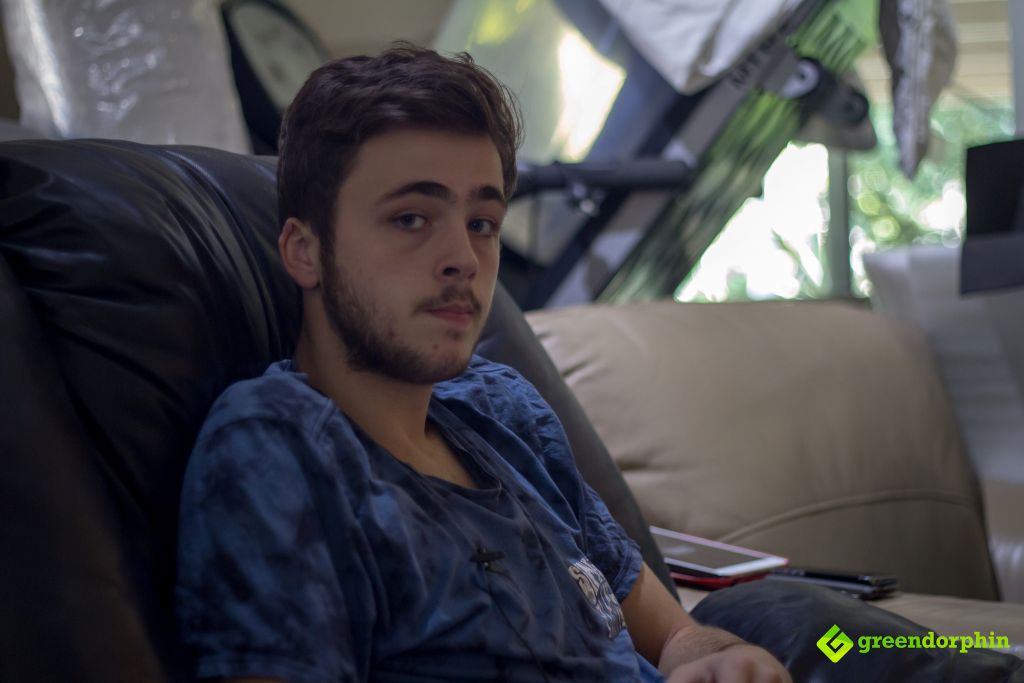
M: So you guys have been basically left out to dry at the moment?
Lanai: It’s not so much that, it’s just that it all takes too long! We had one product that worked that was coming through for him, and then we had the issue of that company no longer shipping to Australia because of therapeutic goods regulations. When we tried to find a replacement product, all the companies we came across that were bulk-warehousing here in Australia were selling it at about three times the price.
M: Is there a way that any of these expenses can be claimed on Medicare or something? Like, what possible funds or rebates do you have access to as a cannabis patient?
Lanai: None at all, and even if we’d gone to the hospital and asked about access to a trial, they’re only really prescribing CBD isolate, which may work for some epilepsy patients, but hasn’t been shown to work as well for Lindsay. We’re just stuck between a rock and a hard place because the category B application in Queensland takes up to three months to be processed, and then even after that, we have to wait for the TGA to approve the product as well. And that’s not even taking into account the many months it takes for the overseas distributor to get an export permit and none of the companies licenced to grow in Australia have anything that’s suitable for Lindsay’s treatment currently.
M: So really it’s a six-month process to get Lindsay any proper medicine?
Lanai: At the bare minimum. And then we don’t even know if it’s going to be the correct dose or ratio to work efficiently for Lindsay. We cannot get the correct potency or ratio oils imported for him and they are not accessible here through the regulated system. And his dose is up to a gram of dried cannabis a day plus a high dose of full extract oils, so it’s really difficult for him to go any time without access to the products. You basically have to be on your death bed to have any luck getting on any of the palliative care trials, so consistent legal access isn’t really possible for Lindsay the way the system is now, nor is it affordable.

M: What’s it like in the times that you guys aren’t able to access any cannabis products?
Lanai: He just looked at me with absolute panic the other day. He’d used the last of his dried cannabis from Canada and had just a little bit of oil left. It just makes me feel helpless to know that I can’t do anything about it as the supply just isn’t there. When he’s off the cannabis he doesn’t eat much, he starts to lose weight. Aside from the oils actually shrinking his tumor, it’s all of these other factors that necessitate the need for daily use. It’s just amazing how much of a difference it makes when he’s on it.
M: That’s insane. So many parents are having to choose between breaking the law or sitting back in silence watching their kids die. I didn’t think it’d be as much of an issue as Lindsay was Australia’s first patient, you’d think they would’ve sorted the supply before starting to prescribe it.
Lanai: It’s definitely hard without a consistent supply.
M: (To Lindsay) What do you think about the plant itself mate? Did you ever think it would do anything like this?
Lindsay: No, it’s just amazing. It’s way more advanced than I ever could’ve thought. It’s ridiculous how many things it’s able to help with.
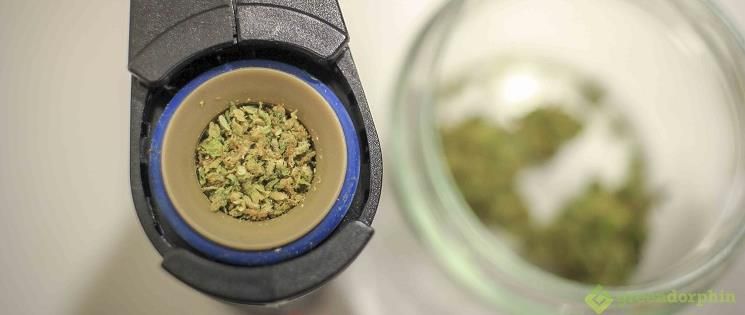
M: Mate, this may be a tricky one, but I was wondering what it’s actually like when you start to feel the onset of a seizure?
Lindsay: It’s definitely scary. Sometimes I wake up and it’s just there. So I don’t really always get the effects or the pre-warnings. But sometimes I get a feeling in my mind that I can’t annunciate my words, my speech slurs and it just becomes a lot more difficult to get words out. There’s just this aura around me that something is about to happen. When there’s a full body seizure with the spasms there’s like a 3-5 second moment of feeling this way until it starts to kick in. With the focal seizures though, so when I just stop talking without the spasticity, I can use my vaporizer to combat it and then I’m fine after about five minutes.
M: How does cannabis help to stem the seizure?
Lindsay: I can feel the anxiety start to wash away, and after about 5 minutes the slurring wears away and I’m able to talk normally. I can always tell when it’s working because things start to come into focus again, like, words or pictures or whatever around the room that I couldn’t read a minute ago become clear enough to see.
M: What’s your quality of life like in the times that you’ve got access compared to when you don’t?
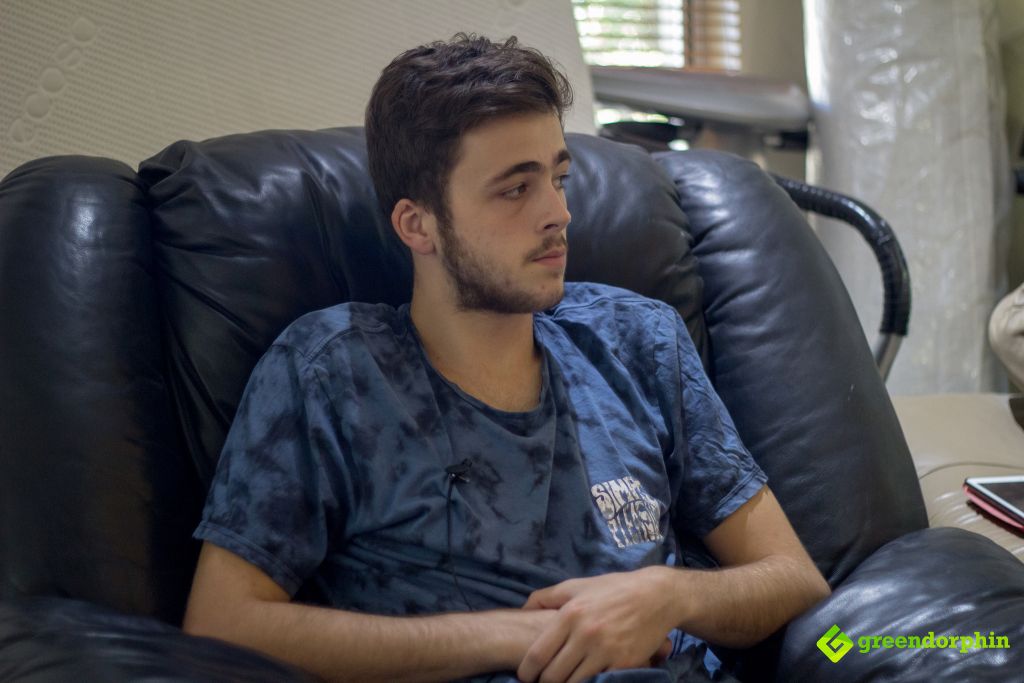
Lindsay: From the start when I first started having the seizures it was just annoying. Doctors kept diagnosing me with things that I didn’t think I had. Like the symptoms just weren’t the same. And then when we found out about the tumor, and that it was causing the epilepsy, everything went downhill a bit. I lost heaps of weight. When I started on the cannabis though I could just eat normally. I felt hungry and was able to gain back about 10kg, but in the times where I can’t access the cannabis that all stops.
M: What are the doctors saying about the tumor at this point? Has there been any inkling that it may be able to be shrunk?
Lanai: There’s been a couple of doctors that are saying they’re curious to see if it will go. You know, like a hope, but never wanting to get our hopes up too much. We think very realistically about it now. At some point throughout one of our trips back to the States, I had to face the reality that this tumor may never go. Or that even if it reduces in size, that it might leave some sort of residual that means he still has to put up with the epilepsy. I feel like when you’re dealing with a chronic illness that acceptance is really important.
M: Of course.

Lanai: I always have this saying; “When there are options there’s hope, and when there are no options you can lose hope.” So I’m willing to try this as an option. I do feel we have hope, there are so many things that can give him possibilities for a better outcome. Every family that’s dealing with a situation like this needs to have options and hope. It just makes me so sad that there are so many patients out there that it’s just too late for. We’ve seen it. In the times since he’s been diagnosed, we’ve seen so many people die, it breaks my heart.
M: So looking at it from a quality of life angle, more than a treatment angle, how has Lindsay changed since starting on the cannabis products?
Lanai: Look, before we went over to the States the first time, we’d struggle to even get him out of the house. I remember one day we had a family birthday party and we wanted so much for him to be there, but he just didn’t have the energy to leave the house and we couldn’t understand it.
M: Had the tumor been discovered at that point?
Lanai: This was before he was diagnosed. Now he comes up to me some days and asks me if I want to go for a drive in the country or get outside. As a child, he always loved getting outside and we’d go for a picnic or bushwalking and long drives in the country, and he loved all of that stuff. Then when we got sick it was just miserable for him. Even small car trips were just unbearable so he spent most of his time in his room or in the hospital. Then when we got back from America it was like he was that little kid again. All the problems his tumor had been causing became a lot more manageable after it’d shrunk and the swelling had reduced and his symptoms easier to manage. And that’s definitely thanks to the cannabis treatments. I’m actually struggling to keep up with him sometimes! But that’s his good days when he does have access to medical cannabis. There’s still the days where maybe he’s had a really bad seizure and he aspirates and has post-seizure vomiting where he can’t stop vomiting.

Lindsay: Even the hospitals couldn’t figure out how to stop the vomiting. The vaporizer though helps a lot, it’s crazy; like almost straight away the vomiting stops.
Lanai: Actually last time he was able to take his vaporizer into the hospital. He wasn’t able to keep the meds down, but after he was admitted he was actually able to vaporize his cannabis and stem the vomiting straight away. That’s why we’re heading back to America and Canada for treatment in a few weeks. We just can’t wait the six or more months that it’ll take to get him his legal medicine. Even in the past few weeks with this limited supply of medicine, he’s started to lose the weight again so the time has got to be now.
M: (To Lindsay) Mate, if you had to talk to someone that was against using medical cannabis what would you say to them?
Lindsay: It’s just a medicine to me. I know a lot of people don’t see it like that, it’s just a medicine. It’s weird to say but it’s kind of like magic. It’s something that can fix so many different problems. And it doesn’t even have to stay a medicine! It can be used for clothes and food, and you know, other stuff like that. It’s got so many different applications it’s crazy. It’s definitely got it’s recreational side to it like alcohol, but at the end of the day, it’s a medicine that can’t really do anything bad to you if you treat it that way. It’s always going to have some sort of medicinal benefit regardless of how you’re using it.
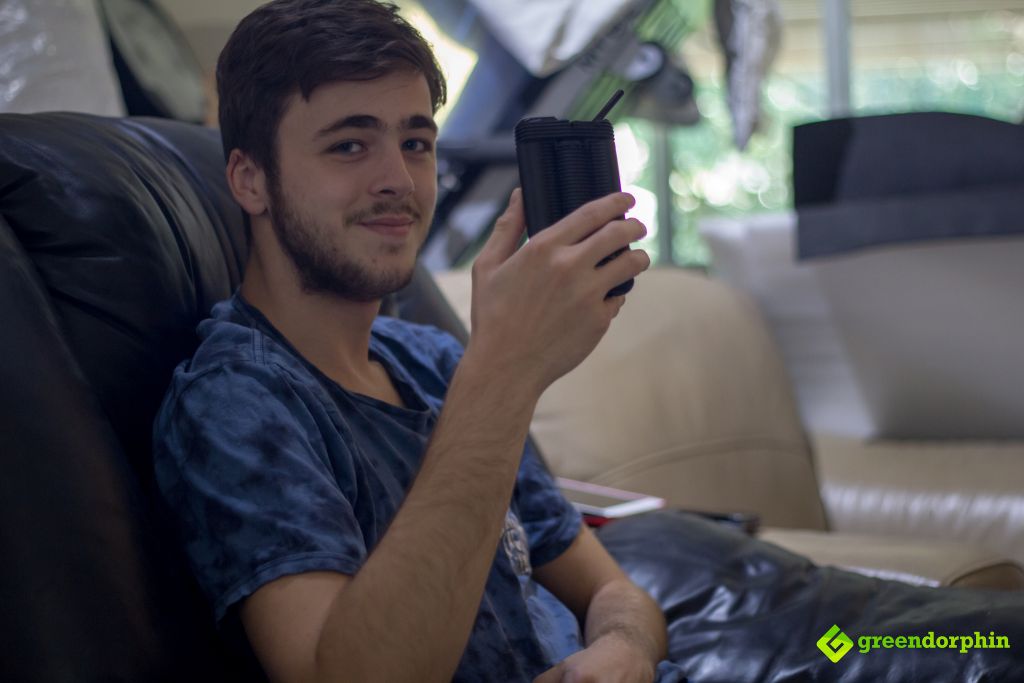
I’d managed to keep myself composed for the whole duration of the interview, despite nearly losing it when Lanai became overwhelmed with emotion and needed to be consoled. But in all honesty, I lost it as soon as my car door swung shut. I sat there sobbing for a few minutes trying to picture myself in that young man’s position.
The utter hopelessness of the situation and complete lack of assistance from the government or health officials is just sick. There are up to half a million people out there using some form of cannabis in an effort to heal themselves, while only a handful of them are actually legally authorized to do so.
Smoking cannabis is just something I do to spark creativity, to relax and unwind, and for this young bloke and all of these people it’s the difference between a life of suffering and a life worth living. Slowly but surely, the winds of change are sweeping across Australia as more and more studies and patient trials are conducted, but for Lindsay Carter’s sake, I hope it’s not too late.
As I pulled out of Lindsay’s street and rolled around the curb, the first street sign I read was for ‘Lindsay St.’ While purely coincidental, I couldn’t help but smile to myself and think that hope is right around the corner.
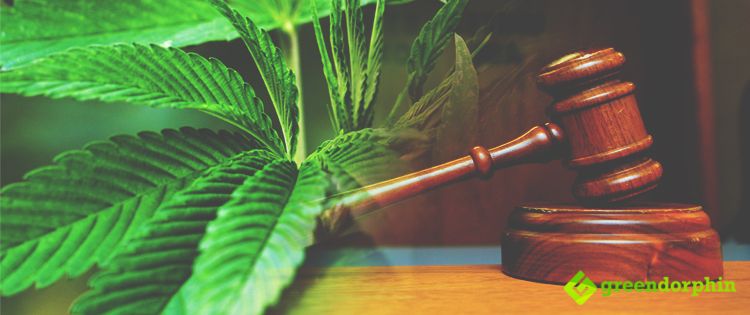
- Dr John Teh & PlantMed Medicinal Cannabis Clinic: Greendorphin News Podcast #1 - February 7, 2019
- Anatomy of the Cannabis Plant: Grow with Greendorphin - December 6, 2018
- High Hemp Organic Wraps Review CBD+ [VIDEO] - November 26, 2018


